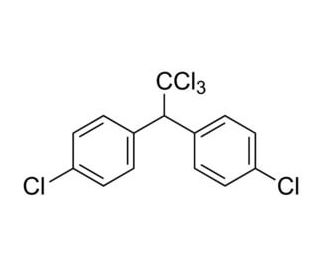
| CAS ID | 25014-41-9 |
| IUPAC Name | Polyacrylonitrile |
| Molecular Formula | C3H3N |
| Molecular Weight | 53.064 |
| SMILES | C=CC#N |
Polyacrylonitrile is a thermoplastic polymer that is formed by the polymerization of acrylonitrile monomers. PAN is a transparent and colorless plastic that has high tensile strength, good chemical resistance, and excellent thermal stability.
Polyacrylonitrile (PAN) is a synthetic polymer that is widely used in various industrial and commercial applications. PAN is commonly used in the production of fibers, films and other products. It is often used as a precursor for the production of carbon fibers, which have excellent mechanical properties and are used in various applications, such as aerospace, automotive, and sporting goods.
PAN can also be used in the production of membranes for water treatment and gas separation, as well as in the production of adhesives, coatings, and other industrial products.
PAN has a molecular weight of 150,000 g/mol (typical), a refractive index of 1.514, a melting point of 317 °C, a glass transition temperature of 85 °C, and a density of 1.184 g/mL at 25 °C. PAN has strong polar nitrile groups, making it relatively insoluble in most solvents. Chemists can convert PAN into high-carbon fibers by undergoing stabilization, carbonization, and graphitization.
Our team of scientists has experience in all areas of research including Life Science, Material Science, Chemical Synthesis, Chromatography, Analytical and many others.
| Melting Point | 130°C (decomposes) |
| color | White to slightly yellow crystalline powder |
| Assay Percent Range | ≥98% |
| Linear Formula | C7H7ClNNaO2S·3H2O |
| IUPAC Name | Sodium N-chlorobenzenesulfonamide |
| Formula Weight | 281.69 g/mol |
| percent purity | ≥98% |
| Physical Form | Crystalline powder |
| Chemical Name or Material | Chloramine-T (Sodium p-toluenesulfonchloramide) |
Classification of the substance or mixture
GHS Label elements, including precautionary statements
Hazards not otherwise classified (HNOC) or not covered by GHS
"Sarchem Labs provides top-quality chemicals that meet the highest industry standards. Their reliable supply chain, excellent purity levels, and prompt customer service make them our go-to partner for research and production needs."
"We trust Sarchem Labs for their high-purity reagents and chemicals. Their extensive product catalog and fast shipping ensure that we always have what we need for our laboratory experiments without delays."
"Sarchem Labs stands out for its commitment to quality, safety, and customer satisfaction. Their chemicals are consistently reliable, and their support team is always ready to assist with any inquiries. Highly recommended!"
Polyacrylonitrile has a linear polymer structure made up of repeated acrylonitrile units. This polyacrylonitrile structure adds to the material's exceptional thermal stability, mechanical strength, and chemical resistance, making it useful in various industrial applications.
Polyacrylonitrile's features include muscular tensile strength, thermal stability, resistance to organic solvents, and low gas permeability. These polyacrylonitrile properties make it an ideal material for producing fibres, films, and carbon fibre precursors.
Polyacrylonitrile makes carbon fibres, textiles, filtration membranes, and high-performance coatings. Its durability and resistance to hostile environments make it ideal for aerospace, automotive, and water treatment applications.
The polyacrylonitrile molecular weight fluctuates during polymerisation, commonly ranging from 40,000 to 70,000 g/mol. Higher molecular weight improves mechanical strength and thermal stability, essential for high-performance applications.
Polyacrylonitrile's melting point is difficult to establish since it does not melt but decomposes at 320–322°C. This breakdown behaviour is crucial for its conversion to carbon fibres during industrial processing.
Notifications